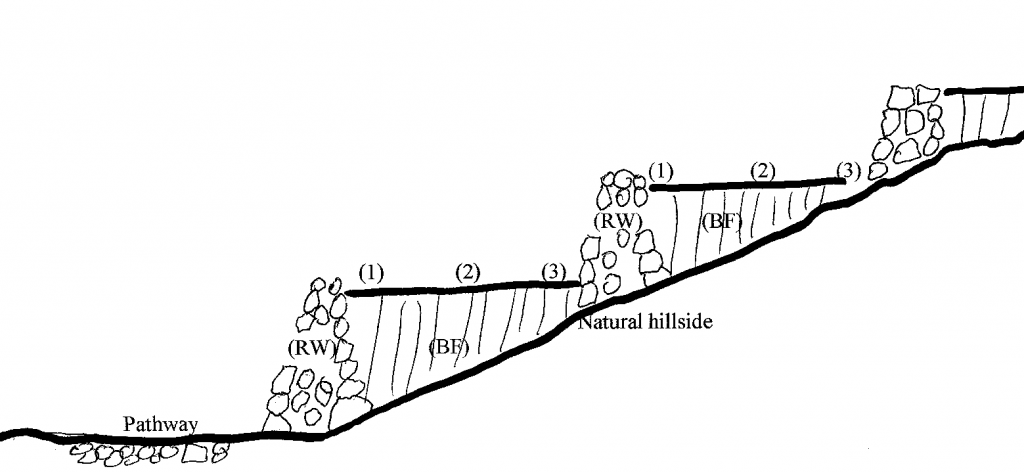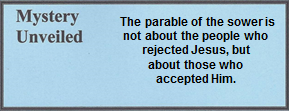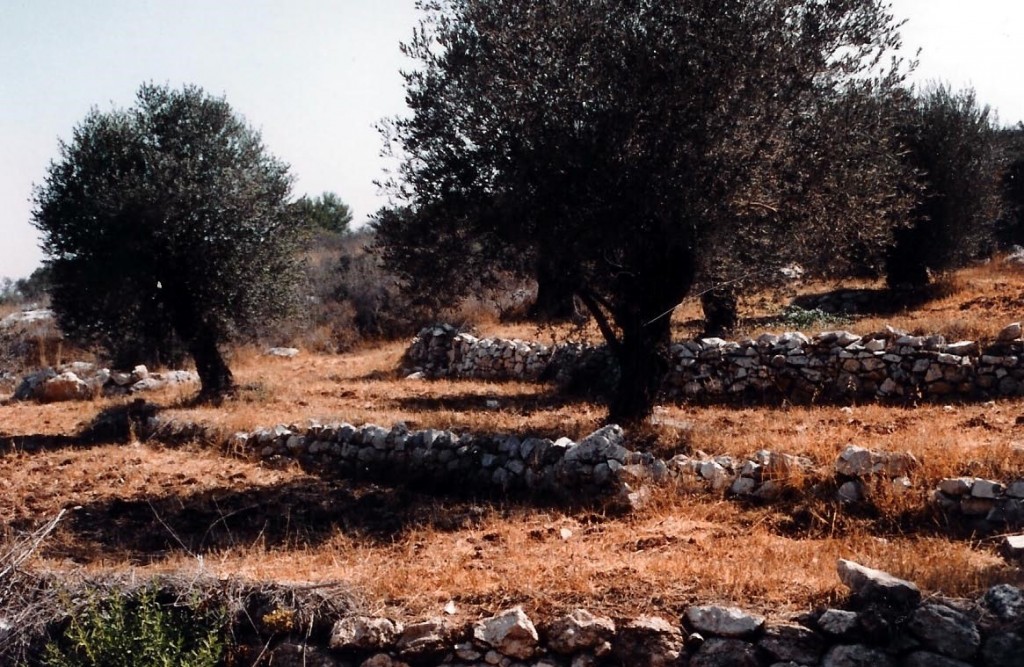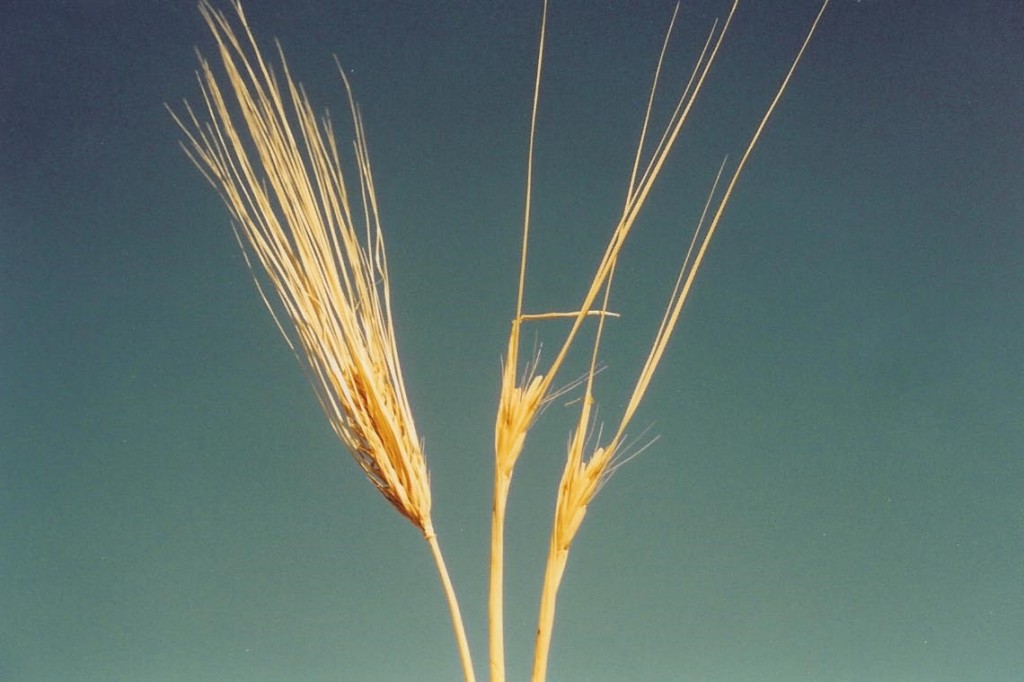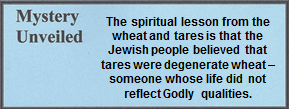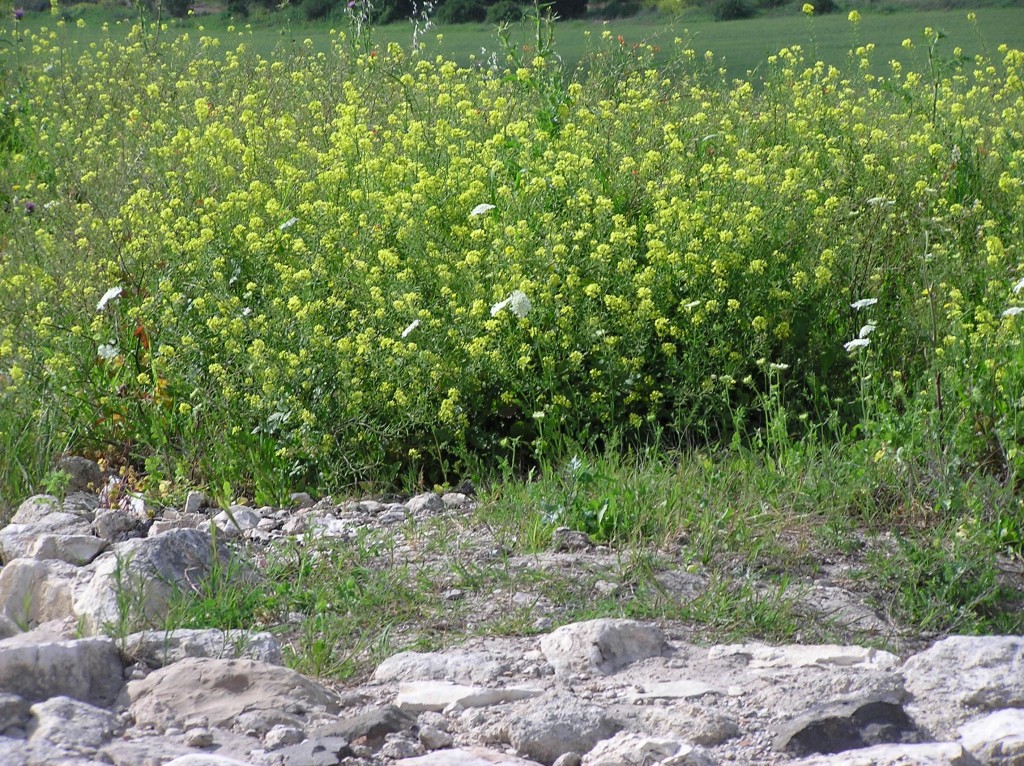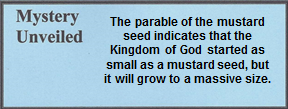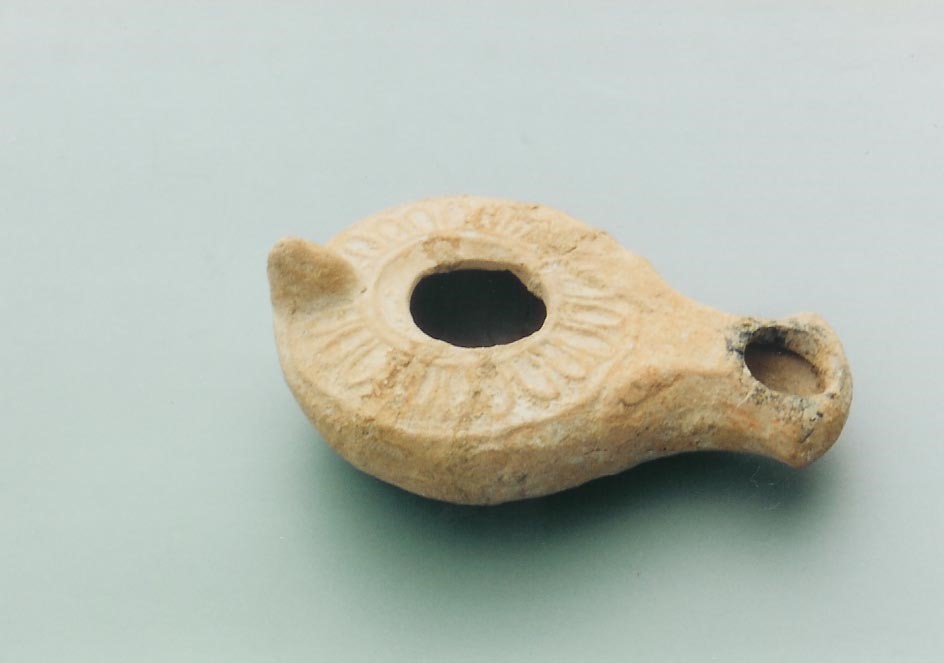09.03.11 Mt. 13:10-17 (See also Mk. 4:10-12; Lk. 8:9-10)
PURPOSE OF PARABLES
10 Then the disciples came up and asked Him, “Why do You speak to them in parables?”
11 He answered them, “Because the secrets of the kingdom of heaven have been given for you to know, but it has not been given to them. 12 For whoever has, more will be given to him, and he will have more than enough. But whoever does not have, even what he has will be taken away from him. 13 For this reason I speak to them in parables, because looking they do not see, and hearing they do not listen or understand. 14 Isaiah’s prophecy is fulfilled in them, which says:
You will listen and listen;
Yet never understand.
And you will look and look,
Yet never perceive.
15 For this people’s heart has grown callous;
their ears are hard of hearing,
and they have shut their eyes;
otherwise they might see with their eyes
and hear with their ears,
understand with their hearts
and turn back—
and I would cure them (Isa. 6:9-10).
16 “But your eyes are blessed
because they do see,
and your ears
because they do hear!
17 For I assure you:
Many prophets and righteous people longed to see the things you see
yet didn’t see them;
to hear the things you hear
yet didn’t hear them.
Because Jewish leadership rejected Jesus, He began to use parables in His public teaching, and privately explained their meaning to His disciples and followers (Mt. 13:10). The parable, or the Hebrew term mashal, was a teaching method familiar to them since the days of the Judges.[1] His critics who had hardened their hearts against Him would not be able to understand; so they continued in their determined unbelief.[2] But His teachings His disciples and followers were to understand pertained to the Kingdom of God / Heaven.
“Because the secrets of the kingdom of heaven.” Some scholars use the word mysteries instead of secrets translated from the Greek word musterion. The word appears only in this passage and its parallels; a technical term that refers to the divine revelation that was hidden until the proper time for its revelation.[3] It does not refer to anything that is complicated, difficult, mystical, or related to a mystery religion, but refers to that which is clear to the insider but not to the outsider.[4] The mystery of the Kingdom of God is the character and personality of God renewed in the life of every believer that extended to all Jews and Gentiles.
“You will listen and listen.” This quotation from Isaiah 6:9 indicates that the religious leaders did not want to understand and, therefore, the truth was hidden from them. God does not force anyone to understand His truths. He provides clarity of mind to those who wish to understand and if His word is rejected the unbeliever is given what he desires – darkness of truth.
Parables are figures of speech and explain divine principles by comparing a known realm to an unknown realm. That is why Jesus often used the literary formula phrase, “The Kingdom of God is like . . .” Parables always have a single theme or single answer to a question, but are never to be used to develop doctrine. They are short stories that often include a key figure, such as a king, farmer, or shepherd who is representative of God. He used a variety of figures of speech such as puns, riddles, and hyperboles (exaggerations) in his parables as seen in Appendix 11.[5]
A Lesson in First Century Hermeneutics:
09.03.11.X The First Principle Of A Parable.
Generally, the first principle in a parable is the only principle of the parable. Other details are not to be stressed, but they “paint the picture” for ease of memorization. Most of the parables that Jesus presented have these qualities:
- The term parable is translated from the Greek word parabole (3850) which literally means to place side by side or comparison.[6] By using parables, Jesus set human events and affairs aside spiritual concepts so these could be compared. He essentially taught the Kingdom of God by beginning with the “known” (human experiences) and going to the “unknown” (spiritual concepts).
- Parables contain less than holy human characteristics and are presented to warn the audience.
- Parables reveal a principle of God to men and the world. Essentially, these describe the conduct that is desirable or a characteristic of God and His relationship with humanity.[7] Many of the parables of Jesus convey a truth that could not be communicated in any other way.
- In nearly every parable, there are two characters that appear to be significant, but one is ignoble and the other is always noble.
The poetic style of a parable is a memory device children learned at home and in the synagogue school. Hence, everyone knew how to speak and think poetically. When listening they did so with a degree of anticipation because parables have predictable patterns of ideas. Jesus and His parables are inseparable. To understand the parables is to understand Jesus and vice versa.[8] Thinking, speaking, and teaching with parables were common at this time. The use of parables was certainly not new to the listeners of Jesus as there are many in the Hebrew Bible and other literary sources. To understand the parables of Jesus, one should understand rabbinic literature as well, since Jesus taught in the typical rabbinic style.[9] Possibly the most amazing feature of the parables of Jesus is that the religious leaders did not understand them.
The Jewish people looked upon Jesus with wonder and full expectation that He would re-establish the Davidic Empire of His famous forefather. Knowing this, Jesus proceeded to give seven prophetic parables concerning His heavenly kingdom. These parables summarize the contrasts between the expectations of the Jews and what Jesus was about to institute in His Kingdom of God.[10]
There are essentially four reasons why Jesus used parables.[11]
- People were already familiar with parables since there are 58 of them in the Hebrew Bible. The most famous one is of the prophet Nathan and King David (2 Sam. 12:1-7). Furthermore, the rabbis used them frequently in their teaching. The Talmud and other Jewish writings contain some five thousand parables, many of which originated in the Old Testament era.[12]
- These were learning tools. When Jesus used parables, He structured them around events or stories that people already knew. This helped them to remember them.
- A parable is an excellent tool with which to describe an abstract idea in a pictorial form. They already thought pictorially since Hebrew is a pictorial language.[13] Little wonder then, that the Apostle Paul once said the following comment about God:
For His invisible attributes, that is, His eternal power and divine nature, have been clearly seen since the creation of the world, being understood through what He has made. As a result, people are without excuse.
Romans 1:20
- Finally and possibly most important, a parable forces a person to think for himself. Someone is more likely to accept a new idea, such as the Kingdom of God concept, if he thinks through it and accepts it. While it seems that Jesus deliberately cloaked His message within the secrecy of a parable, He in fact challenged and compelled listeners to think for themselves and then render a decision. His critics were blinded because they permitted their own ideas to dominate what they heard from the Savior.
< ——————————————– >
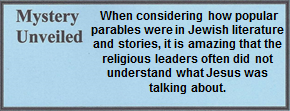
[1]. See Judges 9:7, Ezekiel 13:11, Isaiah 5:1 and others.
[2]. See Appendix 10, “The Parables of Jesus.”
[3]. Hendry, “Mystery.” 156-57; See also Col. 1:26-27; 2:2;4:3; 2 Thess. 2:7; 1 Tim. 3:9, 16; Rev. 1:20; 10:7 17:5, 7.
[4]. Barclay, “Mark.” 91; Lang, Know the Words of Jesus. 237.
[5]. See “Kinds of Poetic Parallelisms used in the Gospels” in Appendix 11.
[6]. Lang, Know the Words of Jesus. 241; Herbert, “Parable.” 162; Vine, “Figure.” Vine’s Complete Expository Dictionary. 2:236, and “Parable.” 2:457.
[7]. Metzger, The New Testament. 141-43.
[8]. Marshall, “Parables.” 3:1154.
[9]. Young, Jesus the Jewish Theologian. 75.
[10]. Richards, The Bible Reader’s Companion. 615.
[11]. For further study see two excellent works by Brad H. Young. Jesus and His Jewish Parables. (Tulsa, OK: Gospel Research Foundation, 1989) and Jesus the Jewish Theologian. (Peabody, MA: Hendrickson, 1995).
[12]. Bivin and Blizzard, Understanding Difficult Words. 73-78.
[13]. An example of pictorial imagery is the Genesis account of Eve being created from Adam’s rib. This is an ancient Hebraic way of saying that God took the rib from Adam’s side to make him complete. This interpretation has no reflection upon the actual physical event of what or how it occurred.
